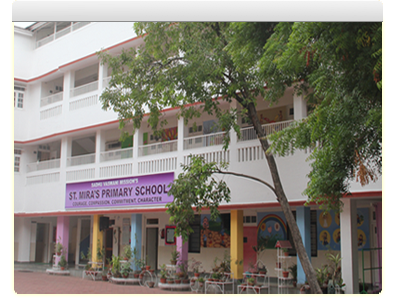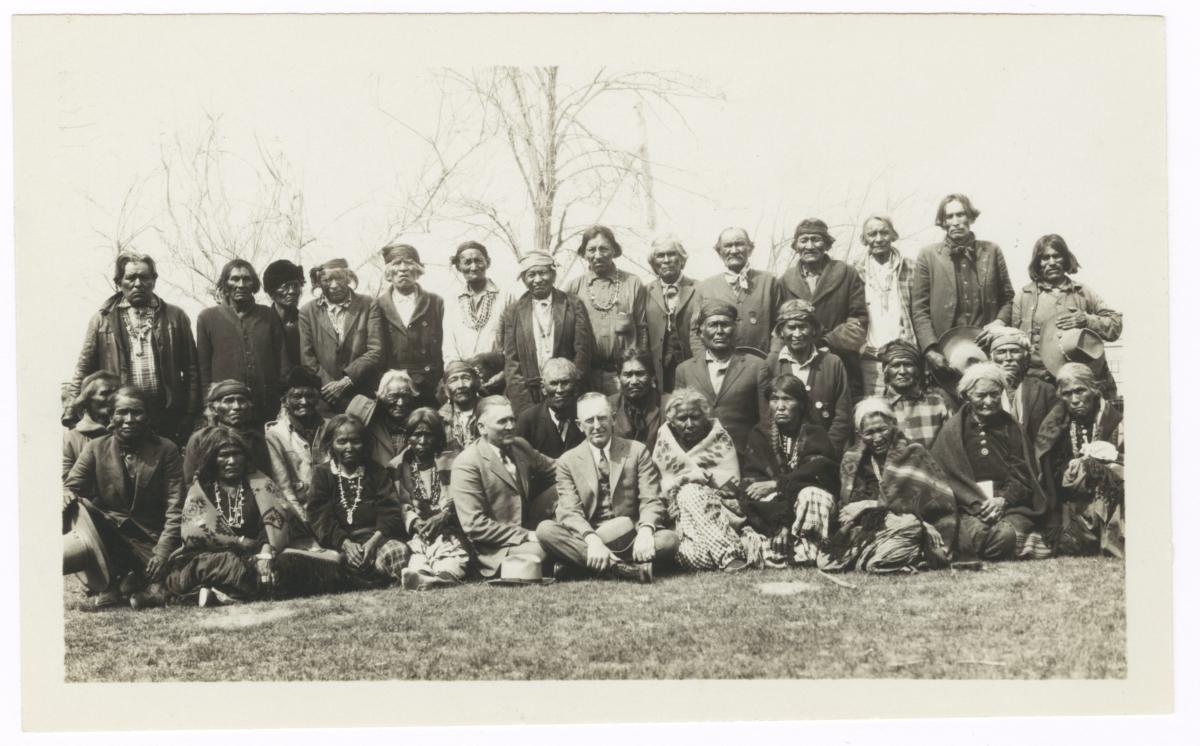
Language is profoundly and universally tied to cultural identity and social experience. When such differences are used as grounds for discrimination, or become politicized, it can be challenging to get a straight answer from anyone about the status of a language. “what count as separate ‘languages’ for specialists in one part of the world are often much more like each other than the ‘dialects’ of a single language as described in others.” (2003,p.77) It is a spectrum, rather than a definite line. Many of the Middle Eastern languages we touch on in this chapter consist of numerous sub-dialects, which are mutually intelligible, semi-intelligible or barely at all. The issue of when a new form of speech constitutes a new dialect or a full-fledged language is often highly contentious. When visually rendered, this forms a sort of language family tree (see Middle East language “family trees” below). Languages branch off of the main group, then split again within themselves. Divides occur when two ways of speaking lose their mutual intelligibility, or the ability of one speaker to make him or herself understood to the other and vice versa, they become separate dialects or languages. Deep historical connections and divides between cultural/linguistic groups are revealed through evidence found in patterns of speech. Through this process, some communities eventually develop their own versions of these patterns, and lose the ability to communicate with their previous communities, and a dialect is formed. Languages convey information about long histories more than national borders do.Ĭonstructed over time, languages continually change while retaining stable patterns of meaning. The focus on history is not to relegate these communities to the past, but to incorporate the element of time and to explore an important aspect of culture, language, which exhibits stability and change. Further, the notion of a static “culture” notion of culture can lead to categorizations of communities according to “characteristics” that can be misleading (Rogoff,2003).

Focusing on the “cultures” of the Middle East can be quite problematic because boundaries can be hard to define. Cultural identity and the communities that shape how individuals are seen in greater society go beyond static definitions of culture, ethnicity or nationality, and can easily be oversimplified in an introductory text, such as this one. While linguistic boundaries do not always obey national boundaries (in the Middle East, more often, they do not), they provide a picture of the diversity of the cultural landscape. Local language is a key to mapping the diversity of Middle Eastern identities.

This chapter is an overview of the diversity of the region in regard to linguistic groups. Camron Michael Amin Alam Payind and Melissa McClimans


 0 kommentar(er)
0 kommentar(er)
